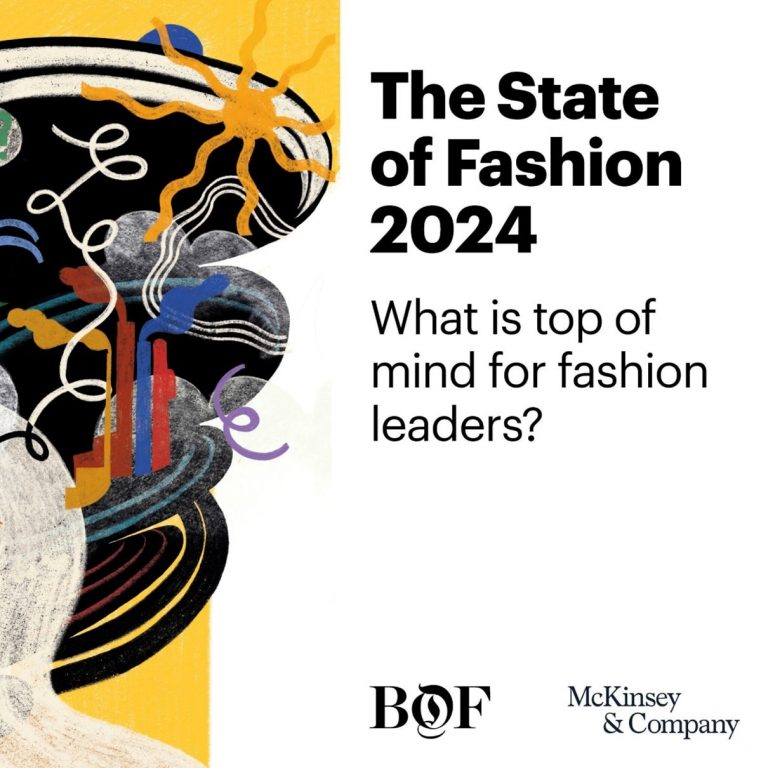The global fashion industry has been experiencing increasing uncertainty in recent years. A strong post-pandemic recovery has halted and growth has slowed in 2023. According to the report, three in four industry leaders expect the industry’s outlook in 2024 to be the same as or worse than 2023.
Growth in the fashion industry is expected to slow further in both Europe and the US. The previously successful luxury sector will also suffer from the industry situation. Seven in ten companies are now planning to increase prices to meet the challenges. Many companies in the fashion industry are facing difficulties, but the situation is unclear.
“We must remember that industries are diverse and there will be winners. For example, demand for outdoor clothing is strong thanks to the outdoor trend. Niche players with strong brands and compelling customer service still have a chance to succeed. That’s why brand marketing will be even more important this year. In addition, we will also see increased investments in generative AI in marketing, planning and product development,” says Tuomas Kahri, partner in McKinsey’s Helsinki office.
Tuomas Kahri, Partner, McKinsey Helsinki
Tuomas Kahri Partner McKinsey Helsinki
The sustainability challenge
The fashion industry has long been criticized for being slow to move towards sustainability. Moreover, a lack of clear standards makes it difficult for both companies and consumers to understand what counts as sustainable. New regulations are expected, especially in the EU, that will tighten requirements across the entire value chain, from product design to manufacturing and marketing.
“Companies in the fashion industry need to work together to solve these issues and develop clear standards to help consumers make more informed purchasing decisions,” Carli stressed.
Hoping for a “whip” effect
Supply chain disruptions are likely to increase in 2024. Changes in consumer demand will create a “bullwhip” effect, with market fluctuations being reflected unpredictably in the supply chain. This could lead to reduced production, job cuts and delayed investments. To address the challenges, suppliers and retailers will need to work more collaboratively.
“Supply chain disruptions affect all stakeholders, albeit at different scales. This is a problem that requires joint solutions. It is clear that stakeholders that are transparent and invest in strategic partnerships will be more successful,” Carli said.
“The State of Fashion 2024” looks at 10 themes expected to impact the fashion industry in 2024.


